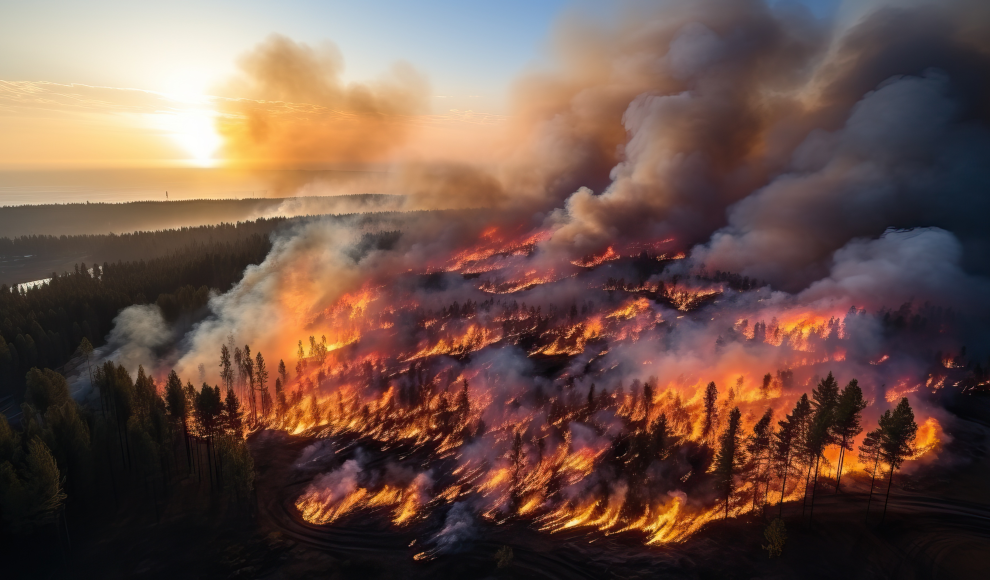The impact of climate change on wildfires has been a growing concern worldwide. A recent study by the University of East Anglia (UEA) has shown that the risk of forest and bushfires has significantly increased due to climate change. To further understand the long-term effects of these fires, researchers from Monash University led by Yuming Guo have conducted a study that examines the number of people affected by landscape and forest fires globally. The study, published in the journal Nature, used data from the European Space Agency’s World Fire Atlas and artificial intelligence to analyze the exposure of people to hazardous particulate matter (PM2.5) from landscape and forest fires between 2000 and 2019.
The study found that around 2.18 billion people were exposed to hazardous PM2.5 from landscape and forest fires annually during the study period. The exposure levels were four times higher in low-income countries than in wealthy countries. The highest exposure levels were found in Central Africa, Southeast Asia, South America, and Siberia. The study highlights the severity and extent of pollution caused by landscape and forest fires and its impact on the global population. The exposure to air pollution caused by smoke from landscape fires can affect much larger populations and cause significantly greater health risks.
The study emphasizes the need for monitoring and managing the health impacts of landscape and forest fires, implementing targeted prevention and interventions, and strengthening arguments for mitigating climate change. The findings of the study suggest that the severity and extent of pollution caused by landscape and forest fires are increasing, which can have various negative health impacts, including increased mortality and morbidity rates, deterioration of heart and lung health, and mental well-being. The study underscores the importance of mapping and tracking the exposure of the population to air pollution caused by landscape and forest fires to manage their health impacts effectively.










